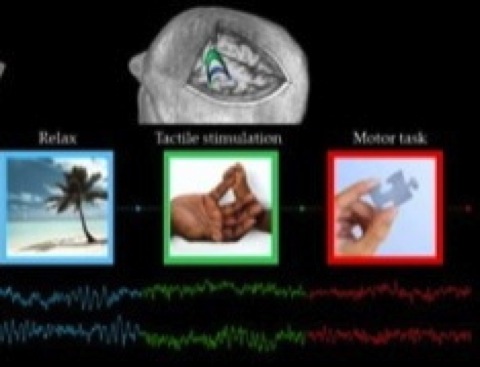Predicting a person's mental state: usually brain-reading is associated to mind investigation. But the first goal of neuroscience is above all the understanding of the complex processes occurring within and among single neuronal pools generating behaviour. At ISTC the Laboratory of Electrophysiology for Translational neuroScience (LET'S) has developed a new algorithmic method to not-invasively look into human brain.
Human brain perceives information largely before it reaches a person’s awareness. Neuroimaging techniques aim at collecting this information to understand the different functions of the brain.
At ISTC the Laboratory of Electrophysiology for Translational neuroScience (LET'S) uses neuroimaging techniques to examine the various patterns of neural connections. In fact different processing tasks have their own distinct patterns of neural connections stretching across the brain: this is a crucial aspect that must be taken into account in order to build up a complete theory of brain mechanisms. In order to reach this goal, LET’S team has developed in a new source extraction method, the Functional Source Separation (FSS). It can exploit the most valuable information provided by different electrophysiological neuroimaging techniques (MEG and EEG) and it estimates the time course of a neuronal pool along different experimental states.
FSS has successfully contributed to the development of intra-cortical connectivity indices. It is also potentially useful to build brain-computer interfaces, which can track a person’s intent by recording his or her brain activity and translating it into commands of an external device. This new window into the brain helps improving rehabilitation practices, sustaining for example motor behaviour reacquisition in stroke patients.
Contact: Franca Tecchio
ISTC Group: Laboratory of Electrophysiology for Translational neuroScience
Relevant Publications
Tecchio F, Porcaro C, Barbati G, Zappasodi F. Functional Source Separation and hand cortical representation for BCI feature extraction, J Physiol, 2007; 580:703-721. Review.
Porcaro C, Barbati G, Zappasodi F, Rossini PM and Tecchio F. Hand sensory-motor cortical network assessed by Functional Source Separation, Hum Brain Mapp, 2008; 29:70-81.


